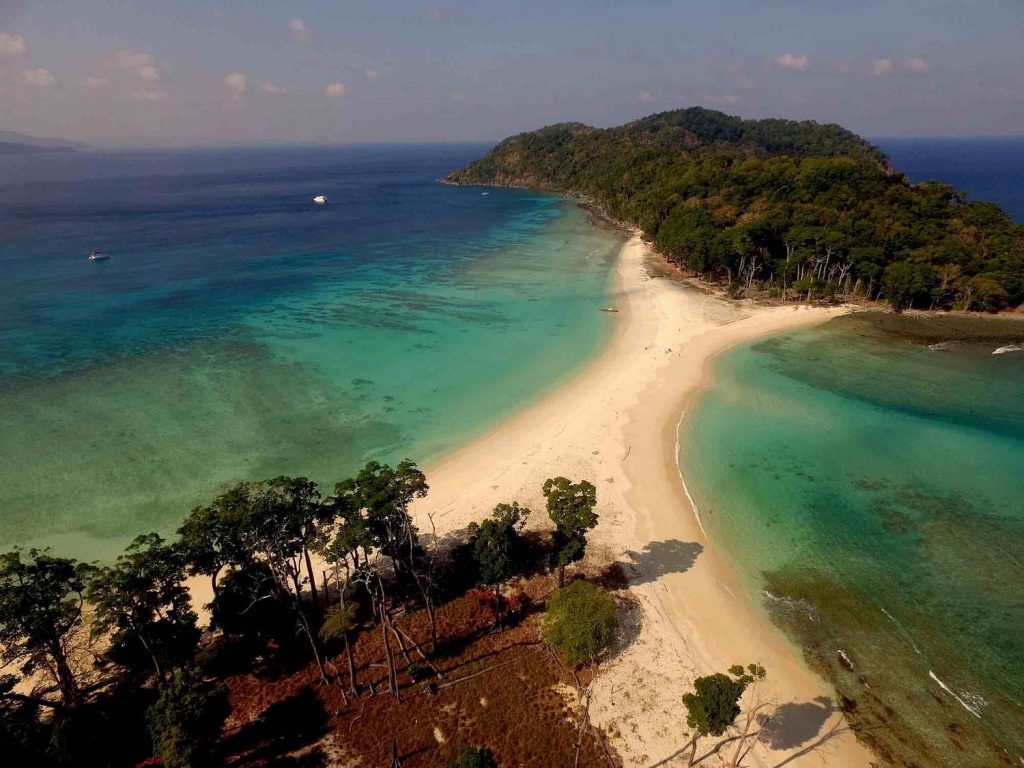
With their gorgeous beaches, underwater wonders, and primeval location, Andaman and Nicobar islands are still the ideal places to get away from it all. Long fabled among travelers for its gorgeous beaches, underwater wonders, and primeval location in the middle of nowhere, the Andaman and Nicobar Islands are still the ideal place to get away from it all. The archipelago has around 572 islands of which only 36 are open to tourists. The island population is an interesting mix of south Indian and Southeast Asian settlers, as well as Negrito ethnic groups on some islands whose arrival here still has anthropologists baffled. Adding to the intrigue is the fascinating ecosystem that exists on the island – The spectacular coral reefs, the biggest crabs, the largest turtles, the most vibrant fish, and the most beautiful butterflies. While most of us know about Andaman and Nicobar’s legendary beauty and charm, these emerald isles are intriguing in more than one way. Ptolemy and Marco Polo documented the isles as home to fierce man-hunters and Jean-Jacques Cousteau dedicated a movie to them called Invisible Islands.
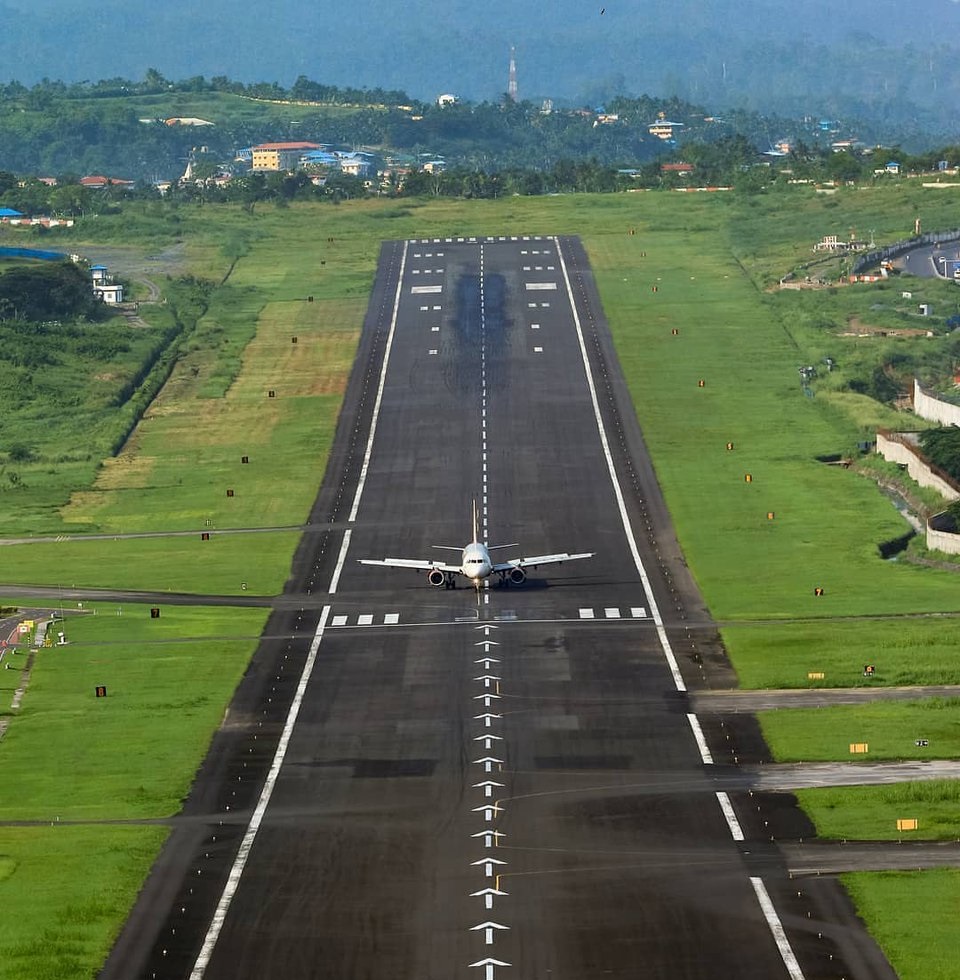
The names ‘Andaman’ and ‘Nicobar’ are taken from the Malay Language: The name Andaman is presumed to be derived from Hanuman, who was known to the Malays as Handuman. The name Nicobar seems to be a corruption of the South Indian term ‘Nakkavaram’ (Land of the Naked) as indicated in the great Tanjore inscription of AD 1050.
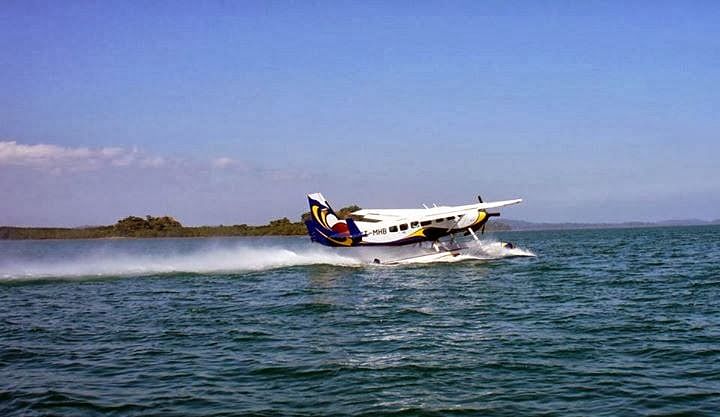
The most widely spoken language on the islands is not Andamanese or Nicobarese: The most widely spoken language on the islands is Bengali followed by Hindi, Tamil, Telugu, and Malayalam. Andaman Creole Hindi is also widely used as a trade language in the Andaman islands.
Katchal Island received the first sunrise of the Millenium: Katchal, a tiny island near Nicobar was virtually unknown till the Royal Greenwich Laboratory declared that it would be the first inhabited place on earth to catch the rays of the first sunrise of the millennium. In the first postal issue of the year 2000, India Post issued a commemorative stamp depicting the first sunrise of the millennium at Katchal.
The largest sea turtles in the world nest here: Andaman and Nicobar Islands have India’s best nesting beaches for three species of marine turtles – Hawksbill, Green turtle, and the world’s largest sea turtle, the Leatherback (Dermochelys Coriacea). The nesting population of Leatherback turtles in Nicobar is one of the few colonies that exceed 1,000 individuals in the Indo-Pacific and is hence of global importance.
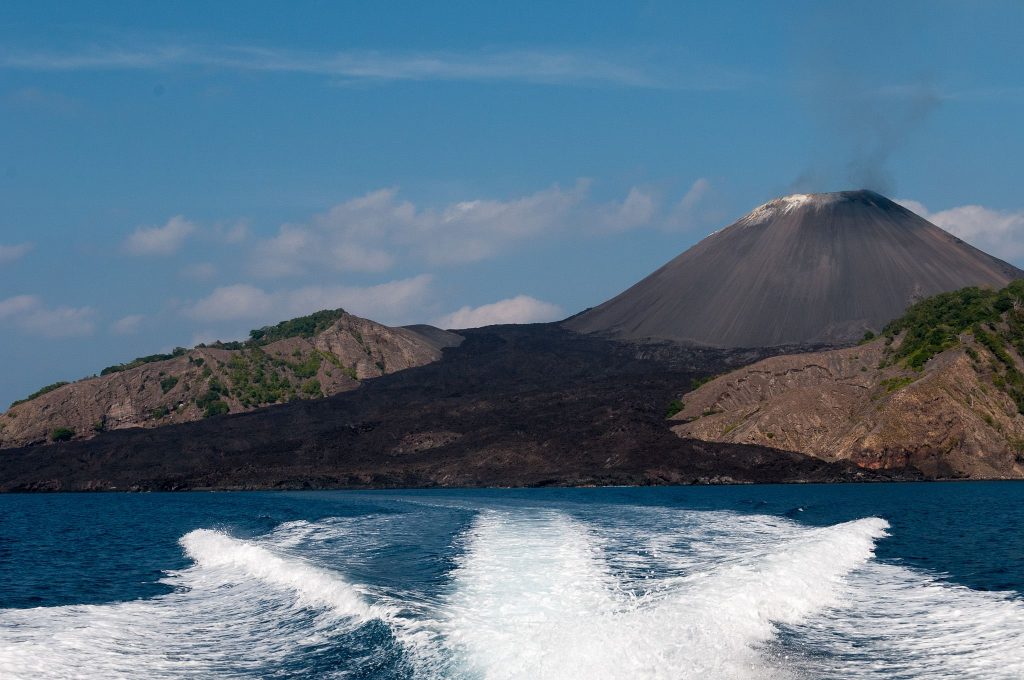
North Sentinel Island is home to one of the most isolated paleolithic tribes of the world: North Sentinel Island is home to one of the most isolated human populations in the world. The Sentinelese, thought to number around 300, have rebuffed all contact with the modern world and fired their arrows at anyone who comes within range. They are thought to have directly descended from the first human populations to emerge from Africa and have probably lived in the Andaman Islands for up to 60,000 years.
Dugong, the gentle sea cow, is the state animal of Andaman and Nicobar Islands: Large, plump marine vegetarians with short, paddle-like front flippers, the gentle Dugongs can be found grazing peacefully on seagrass in the warm coastal waters of the Andaman and Nicobar Island. These languid creatures, also called the ‘Angel of the sea’, can be spotted at Ritchie’s archipelago, North Reef, Little Andaman, and parts of Nicobar.
Pandanus or Nicobar Breadfruit is a rare fruit found and widely eaten in Nicobar: Pandanus is a densely arranged, wedge-shaped fruit that has an immensely hard, woody, and fibrous body in which several narrow, edible seeds are embedded. Each section has a fleshy base that contains an aromatic pulp that, after cooking, is a staple food in Nicobar. An economically important plant in the islands, the stem branches of Pandanus are used in construction, the leaves used for weaving mats, and the hard exterior of the fruit is used as a bathing brush.
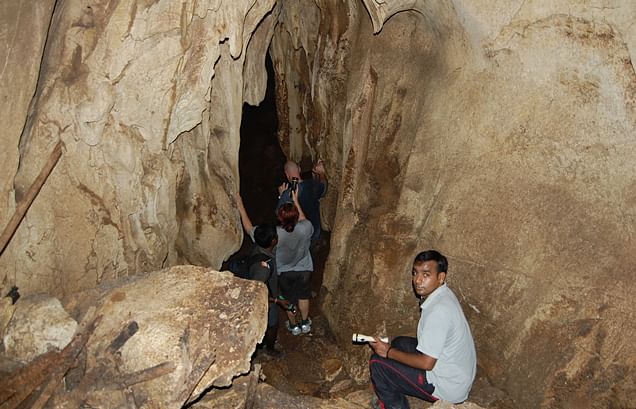
Commercial fishing is banned in the Andaman and Nicobar Islands: Commercial fishing has been banned around the Andaman Islands for more than 4 decades. It is believed that in these waters, fish now die of old age. The turquoise waters surrounding these emerald islands teem with an abundance of dolphins, whales, dugongs, sea turtles, sailfish, sea anemones, and other marine life.
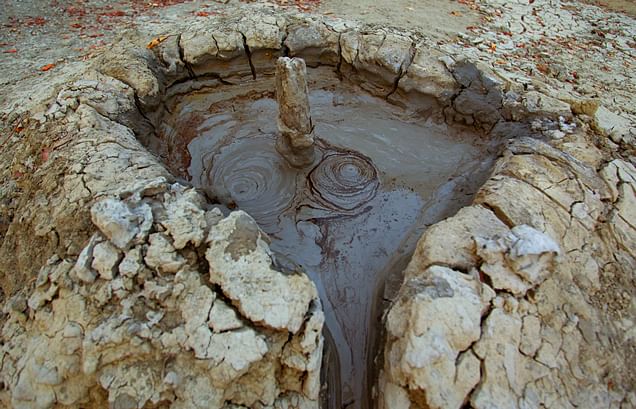
The only active volcano in India, the Barren Island, is present in the Andaman Islands: Barren Island is the only active volcano not just in India but the whole of South Asia. Located approximately 135 kilometers northeast of Port Blair, this small 3-kilometer-wide island contains a 1.6-kilometer-wide crater partially filled by a cinder cone that has been the source of eruptions since the first was recorded in 1787.
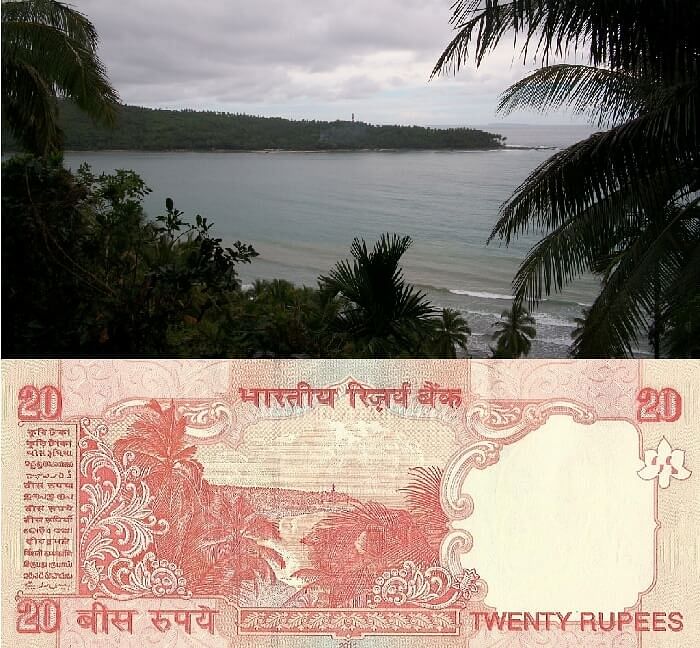
Largest living arthropod in the world, Birgus Latro or Robber crab: The Robber crab (Birgus Latro), also called the Coconut Crab, is the largest land-living arthropod in the world. They generally live on land, but at nights climb up the coconut trees and carve a hole into the tender coconuts to eat the soft kernel. In South Asia, the highest numbers of these huge crabs are found in the Andaman and Nicobar archipelago. They can be spotted on South Sentinel Island as well as on some islands in Nicobar.
Extremely narrow limestone Alfred Caves are home to Swiftlet birds that make edible nests: The limestone Alfred Caves of Diglipur change their shape every monsoon due to a chemical process. These extremely narrow caves are home to the Swiftlet birds that make a unique edible nest. This tiny brown bird uses its own saliva and attaches its sticky home as a little cup against the most inaccessible places on the cave walls. Limestone caves with stalactite formations can also be seen at Baratang.
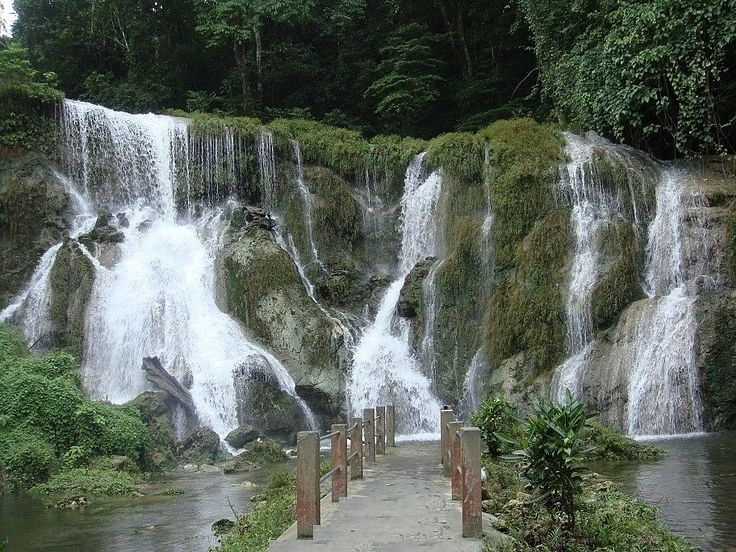
The Indian 20 rupee note depicts a scene from Andaman and Nicobar islands: Ever noticed the scenery on a 20 Rupee note? The image of a picturesque bay lined with lush greenery captured on the red-coloured note is the North Bay Island and the same view can be seen on the way to Mount Harriet. Mount Harriet is the second highest peak in the Andaman and Nicobar archipelago.
A penal settlement, including the dreaded Kala Pani Jail (Cellular Jail), was established here by the British after the revolt of 1857: Andaman and Nicobar Islands were so remote that they became the dreaded Kala Pani penal colony for Indian freedom fighters under the British. The Cellular Jail was built to disconnect the prisoners from the outer world – the prisoners were kept in solitary cells and made to work for long hours on a hand-driven oil extractor made of iron. Today, the jail is open to tourists and has a light and sound show in the evening.
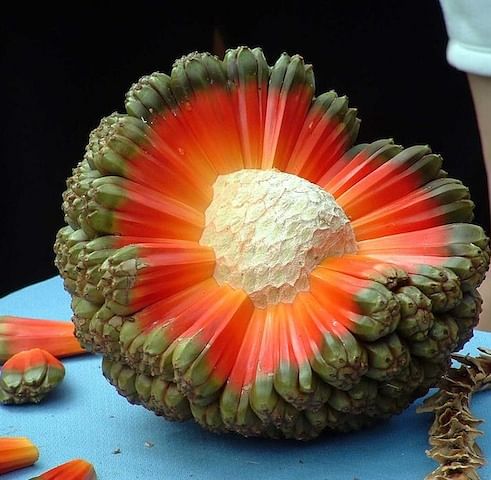
Baratang in Andaman is the only place in India with mud volcanoes: As per available records, the first observed mud volcano explosion was observed in March 1983 in Nilambur Village in Baratang Island. A mud volcano is formed by the emission of depressurized pore water and natural gases from decaying organic matter underground, accompanied by loud explosions and fire flares. This gradually forms a miniature volcano with a rich, creamy mud crater at the top.
Jal Hans, India’s first commercial seaplane was launched in the Andaman Islands: Seaplanes are amphibious aircraft that can take off and land on water and as well as on land. Calling it the Jal Hans, government-owned Pawan Hans launched India’s first seaplane operation in Andaman and Nicobar Islands in 2013. Jal Hans is an eight-seater Cessna 208 A that is fitted with modern navigation features, can travel up to 250 km in an hour, and can also land on the ground.
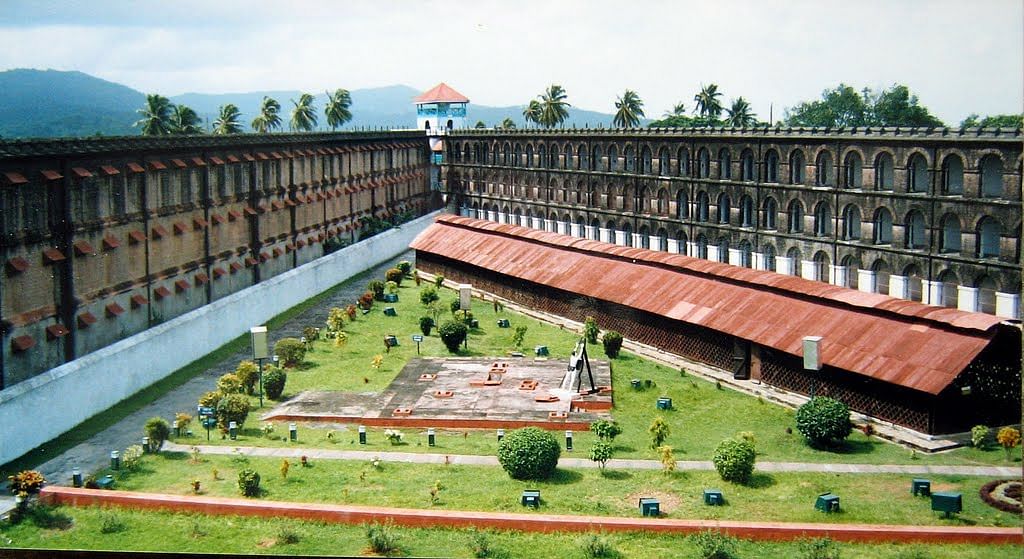
Ross Island was once important headquarter for the British and the Japanese: The Ross Island was the erstwhile British headquarter for most of the Andaman Islands from 1858 till it was rocked by an earthquake in 1941. In 1941, the Japanese converted the site into a POW camp and built war installations, remnants of which can still be seen. Now under the control of the Indian Navy, the island with its jungle-clad colonial ruins and creepy World War II tunnels is a popular tourist spot.
At Havelock Island, one can kayak through dense mangroves to reach the open sea: With an ecosystem of their own, kayaking through the mangroves is an exciting way to view the Havelock island’s exotic wildlife. Acting as both a nursery as well as a breeding ground, the mangroves host a large number of life forms such as shrimps, algae, barnacles, oysters, sponges, mud lobsters and mangrove crabs to name a few.
India’s southernmost point, the Indira Point, subsided by 4.25 meters during the 2004 Tsunami: An aerial view of the damaged coast of Indira Point, India’s southernmost point, 600 kilometers south of Port Blair, in the Andaman and Nicobar archipelago. The tsunami which swamped Asian coastlines killed thousands of people in India’s Andaman and Nicobar islands. India lost strategic land to the 2004 tsunami forever as large stretches of its southernmost tip, the Indira Point, about 120 km from the Indonesian shores, remain underwater years after the mammoth natural disaster. Located at 6o 45′ N latitude, Indira Point was formerly known as the Pygmalion Point.
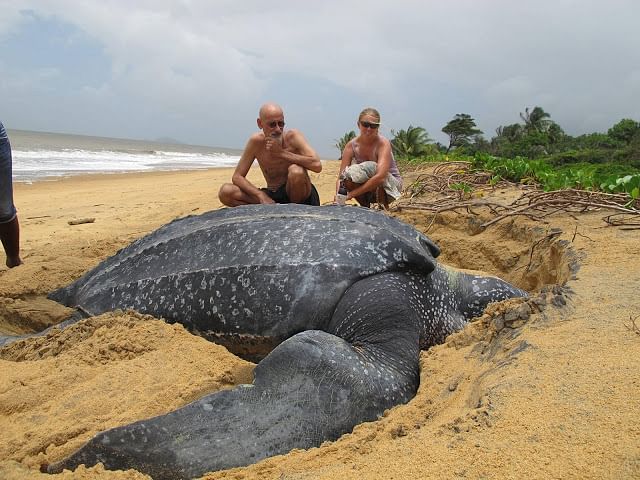
Little Andaman has two island waterfalls, White Surf Falls and Whisper Waves: There are two beautiful waterfalls on the Little Andaman island – the White Surf waterfall which is 6.5 kilometers from Hut Bay Jetty, and the Whisper Wave, which is 20 kilometers from the same. One can take an elephant safari or trek through the verdant forests of the island to reach the pristine waterfalls.
Andaman and Nicobar Island have India’s first and only joint tri-service defense command: The location of the Andaman and Nicobar Islands straddles one of the most critical naval and trade choke points in the world. The Andaman and Nicobar Command is India’s first and only joint tri-service command, with rotating three-star commanders-in-chief from the Army, Navy, and Air Force reporting directly to the chairman of the Chiefs of Staff Committee. It is also the focal point for Indian engagement with regional navies in Southeast Asia.
Historically, Rajendra Chola I of the Tamil Chola dynasty too had conquered the Andaman and Nicobar Islands to use them as a strategic naval base to launch a naval expedition against the Srivijaya Empire of Indonesia. The islands had also provided a temporary maritime base for ships of the Maratha Empire under Admiral Kanhoji Angre in the 17th century.
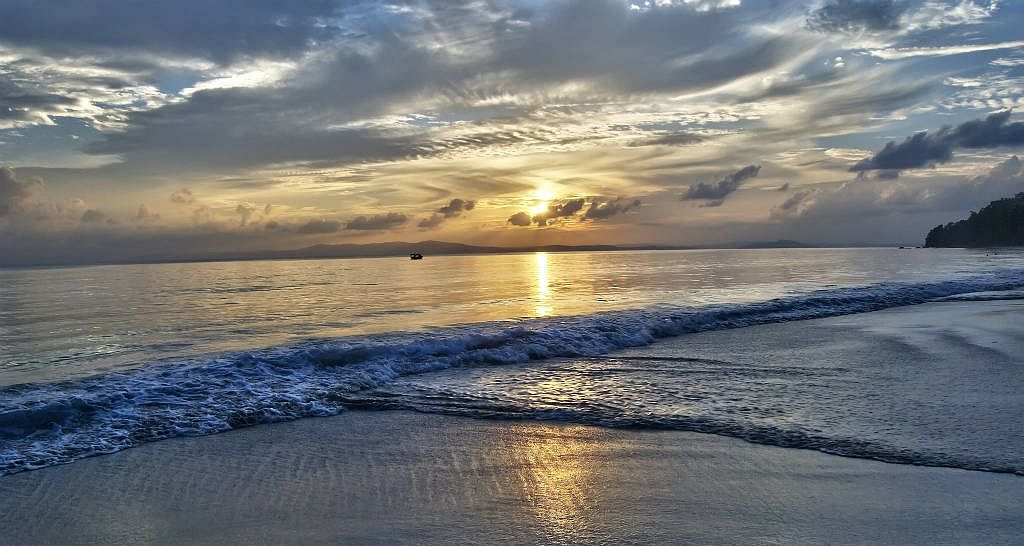
Contact Details: Mail ID: info@dreamwaydestinations.com
Website: www.dreamwaydestinations.com & www.visittobengal.com
Call us at +919733465000 & +919474092500 Or WhatsApp: +918617432205